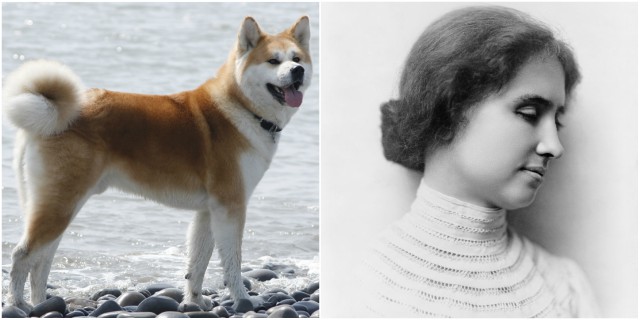Helen Keller is one of the most memorable women in history. Her life story became an inspiration to many people, showing that it doesn’t matter if a person has a disability and that with hard work and determination, everyone can triumph over adversity.
She was born on June 27th, 1880, in Tuscumbia, Alabama, and two years after her birth she was stricken by an illness that left her blind and deaf. Despite being blind as well as deaf, with the help of her teacher and friend Anne Mansfield Sullivan, she learned to use the hand signals of the deaf-mute, the Braille alphabet and also learned to lip-read by placing her fingers on the lips and throat of the speaker.
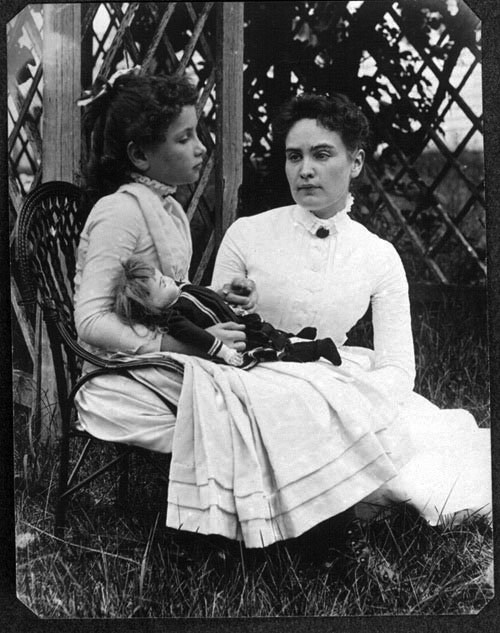
She learned five different languages and was the first deaf-blind person to receive a BA degree. A prolific author, Keller was well-traveled and is remembered as a prominent advocate for the needs and rights of the handicapped, and she also spoke and wrote in support of women’s rights. She was invited to the White House by every U.S. president from Grover Cleveland to Lyndon B. Johnson who awarded her the Presidential Medal of Freedom, which is one of the two highest civilian honors in the United States.
Keller liked animals as much as she liked people. She grew up with dogs and loved them because they brought her joy, companionship, and acceptance. As a young girl, she had a Cocker Spaniel named Jumbo and later, one of her classmates at Radcliffe College gave her a Boston bull terrier named Sir Thomas. Reportedly, Sir Thomas accompanied her to lectures and he would wait until class was over and then accompany her back home.
In a tribute published by the American Foundation for the Blind, she wrote, “The charming relations I have had with a long succession of dogs results from their happy spontaneity, Usually, they are quick to discover that I can not see or hear. Considerately, they rise as I come near, so that I may not stumble. It is not training but love which impels them to break the silence about me with the thud of a tail rippling against my chair, or gambols round the study, or news conveyed by an expressive ear, nose, and paw.
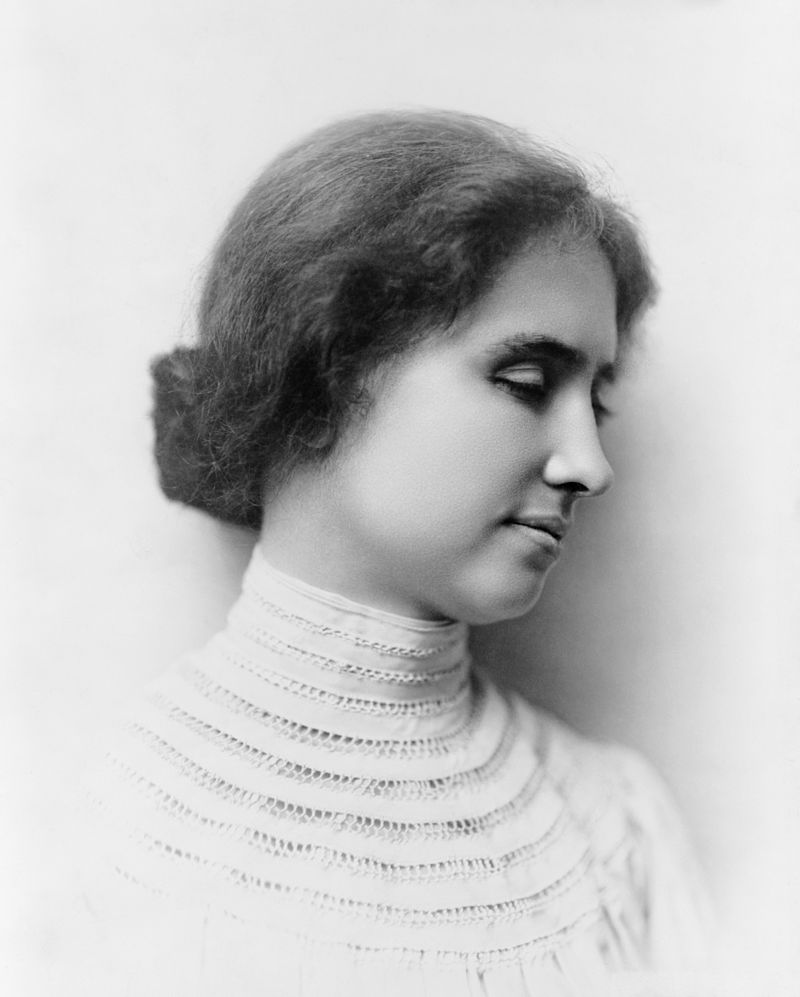
Often I yearn to give them speech, their motions are so eloquent with things they can not say. Truly, as companions, friends, equals in opportunities of self-expression, they unfold to me the dignity of creation, and in their joy, smiles the blessing of St. Francis”.
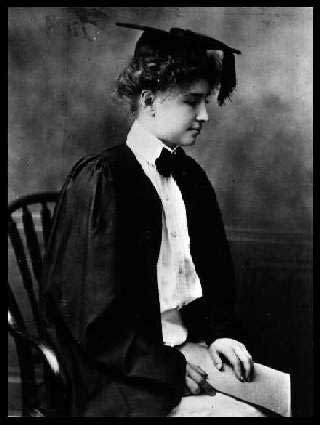
Helen Keller was the first to bring the Akita dog to the United States. As we mentioned above, Keller was well-traveled and when she was in her fifties, she visited Japan on a speaking tour. She was very popular in Japan, in fact, she was so popular that the Japanese people considered her a saint. She visited many places in Japan, including the Akita district. She had learned the story about Hachiko, an Akita dog so loyal to his master that he waited him for 10 years at the train station. A bronze statue of this Akita dog was erected at Shibuya Station in his honor.
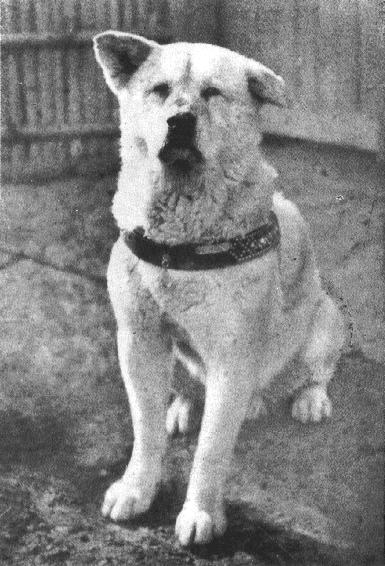
Keller was so impressed by the Akita dogs that she expressed a desire to have one. The Japanese government immediately contacted a man named Ichiro Ogasawara, who owned Akita dogs and gave her one of his puppies. The dog was named Kamikaze-Go.
Unfortunately, Kamikaze-Go died before he was eight months old. Helen wrote to Ogasawara:
Dear Mr. Ogasawara,
As promised, I am writing to you now, but this letter is very different from the happy one I were to have sent you, for I have some very sad news about darling Kamikaze. He died last night. It happened quite unexpectedly.
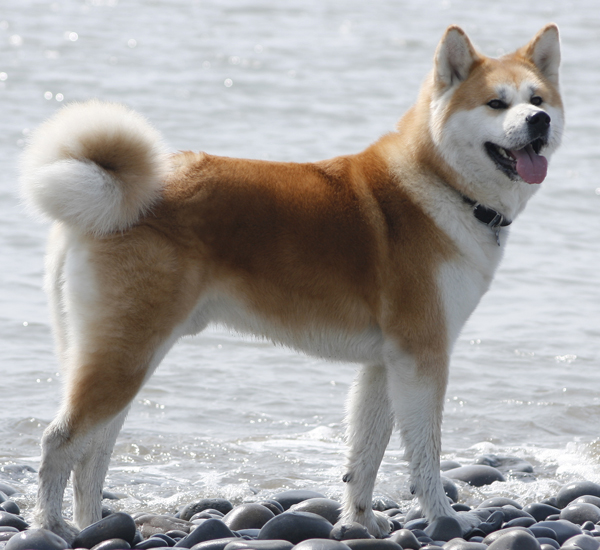
She added: If ever there was an angel in fur, it was Kamikazi. I know I shall never feel quite the same tenderness for any other pet…
When the Japanese government learned about the death of Kamikaze-Go, Ogasawara was contacted again to provide Keller with another dog. He sent her Kenzan-Go, the younger brother of Kamikaze. He was the second, but not the last Akita to reside in America. With the end of World War II, many Akita puppies were brought to the United States by soldiers that were stationed in Japan.
